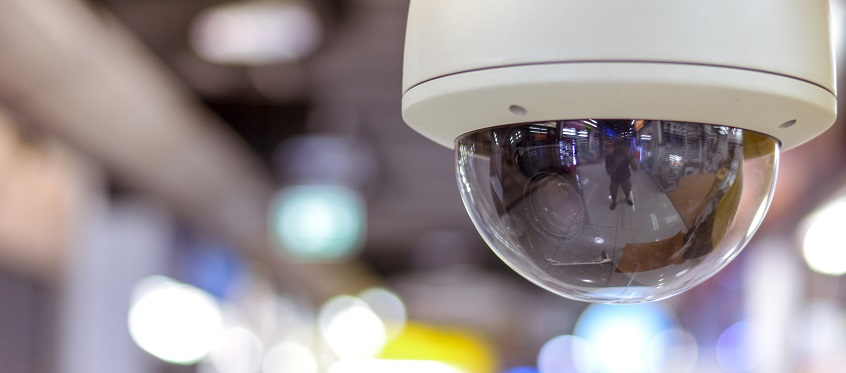The challenges of video surveillance cybersecurity highlight some of the many issues that plague the use of connected devices in physical security systems.
This entry in our BSIMM Monthly Insights series was contributed by guest author Mathieu Chevalier with Genetec.
From a cybersecurity perspective, the physical security industry has come a long way from where it started. In particular, the video surveillance industry offers an interesting perspective into the state of this field’s cybersecurity stance.
A history of video surveillance cybersecurity
Historically, video surveillance systems were closed and used analog technology. This started to change in 2010 with the adoption of the H.264 codec and the introduction of the first megapixel cameras, which provided better video resolution for a similar cost.
In the following five years, the penetration of IP-based systems was quick, but most forms of cybersecurity were an afterthought. System owners relied on perimeter defense, which seemed like an appropriate way for physical security teams to avoid compromise. System installers typically had more of an analog background and were only just starting to get acquainted with digital security concepts, such as encryption and certificates.
Source: The state of cybersecurity in the physical security industry – Security Boulevard


